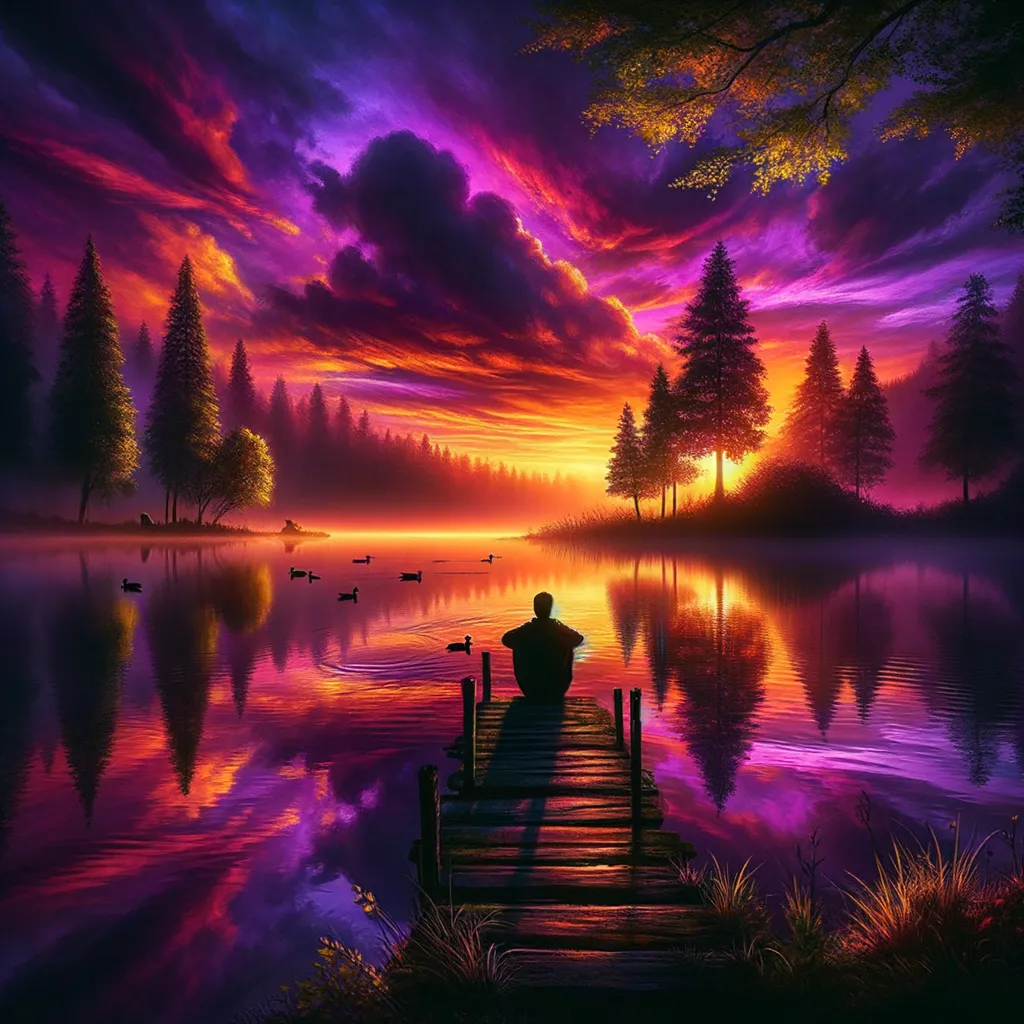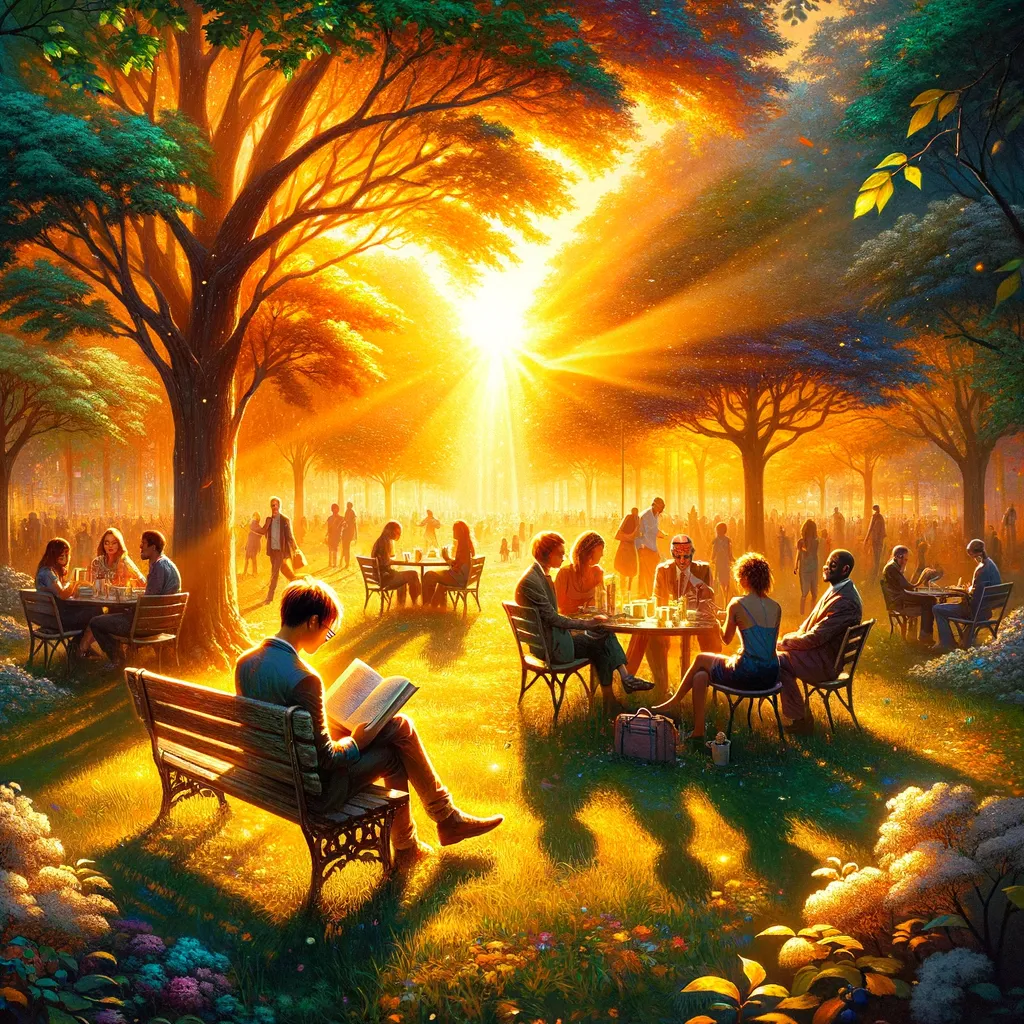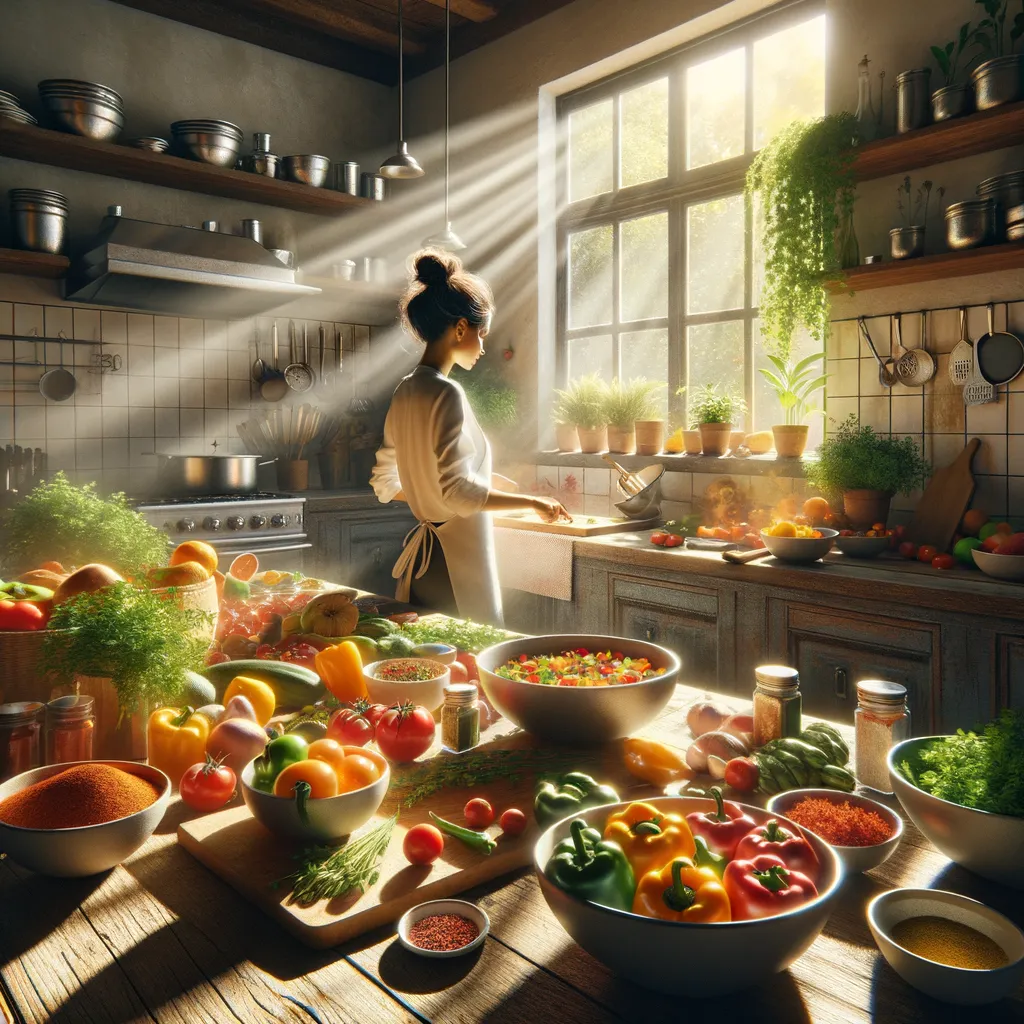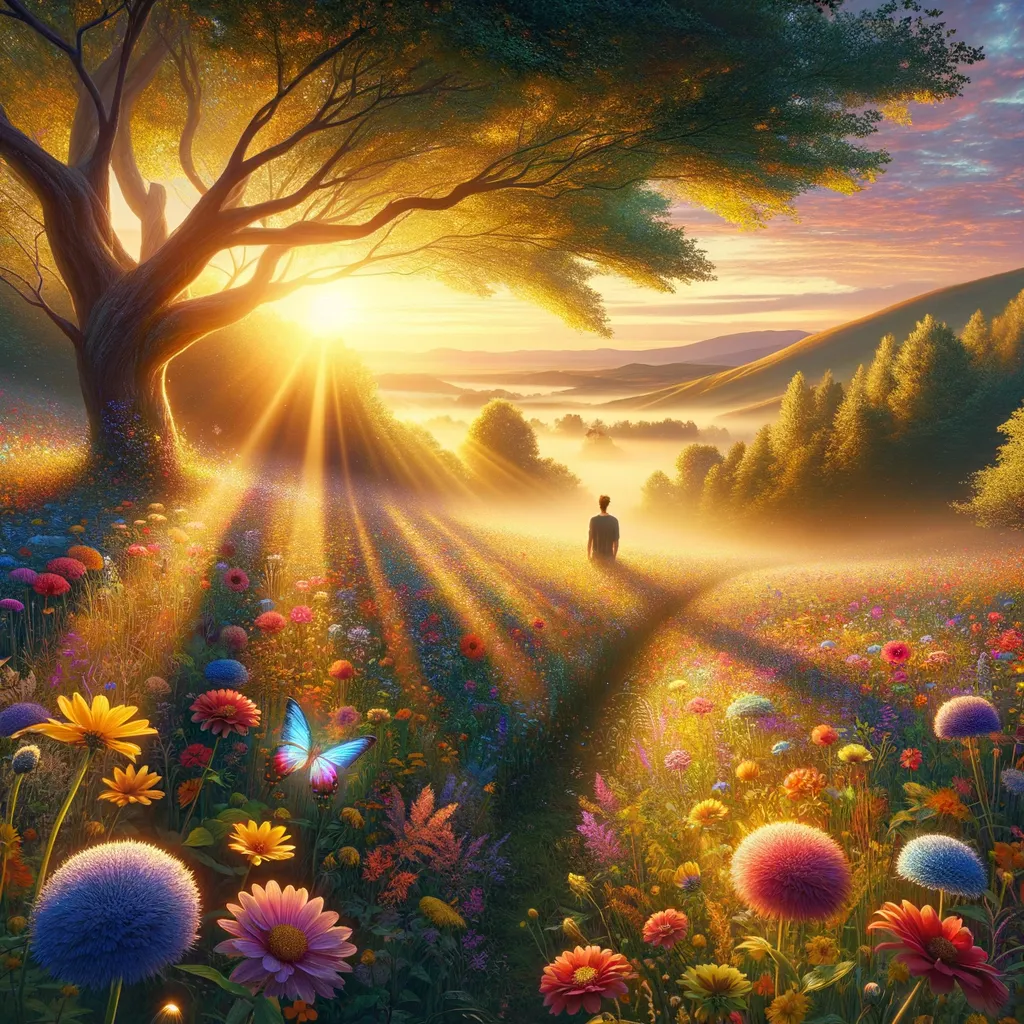A Hidden Light: Discovering Hope in Art’s Chaos
In a dimly lit gallery, an unsuspecting visitor stumbled upon a painting that would forever alter their perception of human connection. This vibrant artwork, alive with chaotic colors and fragmented figures, revealed the intricate tapestry of isolation and longing, urging a confrontation with unacknowledged struggles. As the viewer stood captivated, the juxtaposition of joy and sorrow echoed deep within, transforming a mere visual encounter into a reflective journey of self-discovery. Amongst the turmoil, a solitary figure emerged, radiant in golden light, symbolizing resilience and hope amidst despair. This unexpected twist ignited a newfound purpose, inspiring a shift towards deeper, more meaningful interactions that acknowledged the beauty of shared vulnerabilities in a world often steeped in silence.
In the memory of October 19, 2016, I found myself standing in a dimly lit gallery, surrounded by walls adorned with vibrant canvases that seemed to pulse with life. It was there, in the heart of an unassuming exhibit, that a single art piece captured my attention and shook the very foundations of my complacency. The painting, a riot of colors swirling in chaotic harmony, depicted a vast landscape punctuated by fragmented figures, each seemingly lost in their own world, yet connected by invisible threads of emotion. I was drawn closer, unable to look away as the layers of paint revealed stories that spoke of isolation, longing, and the unacknowledged struggles we often sidestep in our daily lives.
The artist had chosen to portray the human experience in all its rawness, a bold move that compelled me to confront issues I typically evaded. I could almost feel the weight of the subjects’ burdens pressing against my chest, each brushstroke an invitation to dive deeper into the recesses of my own conscience. What struck me most was the juxtaposition of vibrant colors against darker undertones, symbolizing the duality of joy and sorrow that exists in every heart. It was as if the painting whispered secrets of the human condition, urging me to acknowledge the complexities that lie beneath the surface.
As I stood there, enveloped by the emotional intensity of the artwork, I began to reflect on my own life—the moments of joy overshadowed by doubt, the laughter that danced alongside tears. This painting was not merely a visual experience; it was a mirror reflecting my own hesitations and fears, illuminating the shadows I often chose to ignore. I realized how easily I skirted around discussions of vulnerability, mental health, and the silent battles fought behind closed doors. The artwork challenged me to embrace these uncomfortable truths, to see them not as weaknesses but as the very fabric of our shared humanity.
The artist’s choice of fragmented figures became a poignant metaphor for the disconnection we often feel in an increasingly digital world. Each individual appeared to reach out, yet their hands fell just short of touching one another, a striking representation of our collective loneliness. In that moment, I understood the depth of our shared experience, how many of us are trapped in our own silos, yearning for connection yet afraid to break the silence. The painting beckoned me to reconsider how I engage with those around me, to foster empathy and understanding in a society that often prioritizes superficial interactions.
Yet, there was an unexpected twist in this journey of reflection. As I absorbed the tumultuous emotions woven into the fabric of the artwork, I noticed a small detail in the corner—a single figure, standing tall amidst the chaos. Unlike the others, this figure seemed resolute, bathed in golden light that illuminated the dark canvas. It was a symbol of hope, a reminder that even in the depths of despair, resilience can emerge. This revelation shifted my perspective; it suggested that while we cannot escape the weight of our struggles, we can choose how we respond to them.
I left the gallery that day with a renewed sense of purpose, determined to confront the issues I had long avoided. The painting had ignited a spark within me, urging me to seek conversations that mattered, to engage with the complexities of life rather than gloss over them. It was a call to arms, a reminder that vulnerability is not a flaw but a strength. Each encounter with another human being is an opportunity to weave our stories together, to acknowledge our collective pain and joy.
In the days that followed, I began to notice the subtle beauty in everyday interactions. Conversations that once felt mundane transformed into profound exchanges of understanding. I found myself listening more intently, seeking to understand the narratives that shaped the lives of those around me. The art piece had not only moved me; it had catalyzed a shift in how I viewed relationships, turning fleeting encounters into moments of genuine connection.
The experience lingered in my mind, a haunting yet beautiful echo of the power of art to provoke thought and inspire change. It became clear that the artist had not just created a painting; they had crafted a dialogue, one that urged us to confront our shared human experience. The realization struck me that art has the unique ability to transcend words, to communicate truths that often elude our understanding.
As I pondered the layers of meaning within that vibrant canvas, I was left with a question that resonated deeply: In a world filled with chaos and disconnection, how willing are we to embrace the beauty of our vulnerabilities and forge connections that truly matter?
Art has the power to transform chaos into clarity, inviting the heart to embrace vulnerability and weave connections that illuminate our shared humanity.



